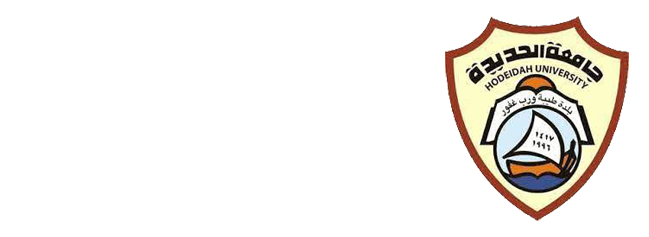Interpretive Elegances in the Almighty’s Saying: {جَنَّاتٍ تَجْرِي مِن تَحْتِهَا الْأَنْهَارُ} An Analytical Study
Keywords:
Interpretation of Gardens, Interpretation of Rivers, Interpretational Elegances, Differences between InterpretersAbstract
This research aims to explain the aesthetic interpretation in the Almighty’s saying (جَنَّاتٍ تَجْرِي مِن تَحْتِهَا الْأَنْهَارُ), with an elucidation of some interpretation elegances related to this sentence which was repeated in the Holy Qur’an in multiple forms. This was preceded by an explanation of the concept of gardens and the concept of rivers in a brief statement, as they are not the core of this research.
The researcher relied on two types of approaches, the inductive and analytical approach.
The researcher reached the following results:
First: The association of the gardens with the mention of flowing rivers: because the best place is the one that includes plants and trees, and the most pleasant and complete, and what is under its palaces has rivers in abundance, then the most urgent needs are eating and drinking, which are referred to by the garden and the river.
Second: The gardens were indefinite because the garden is the name of the entire abode of reward and it includes many gardens arranged in ranks according to the entitlements of the workers for each class of them, and the rivers were only known because it is possible that it is intended to mean its rivers, so the definition with the lam was replaced by the definition of the addition or the lam is referred to the rivers mentioned in the Almighty’s saying:
مَّثَلُ الْجَنَّةِ الَّتِي وُعِدَ الْمُتَّقُونَ ۖ فِيهَا أَنْهَارٌ مِّن مَّاءٍ غَيْرِ آسِنٍ.... verse [Muhammad: 15].
Third: Saying that the rivers flow from beneath the land of Paradise is a more valid truth than saying that the flow is limited to what is beneath the palaces, houses, rooms, and trees, and that is due to the increase in bliss in Paradise, which is something that the people of this world have never known.
Downloads
Published
How to Cite
Issue
Section
License
Copyright (c) 2024 الدكتور/ محمد بن عبد الرحمن البليمي

This work is licensed under a Creative Commons Attribution 4.0 International License.
- البحوث المنشورة في المجلة مرخصة بموجب ترخيص (CC BY 4.0) Creative Commons Attribution 4.0 الدولي.
- تسمح المجلة بإعادة نسخ وتوزيع ونقل العمل لأي وسط أو شكل لأي غرض.
- تسمح بالتعديل والتحويل، والإضافة على العمل مع نسبة ذلك إلى المؤلف.
- حقوق النشر يحتفظ بها الباحثون.




